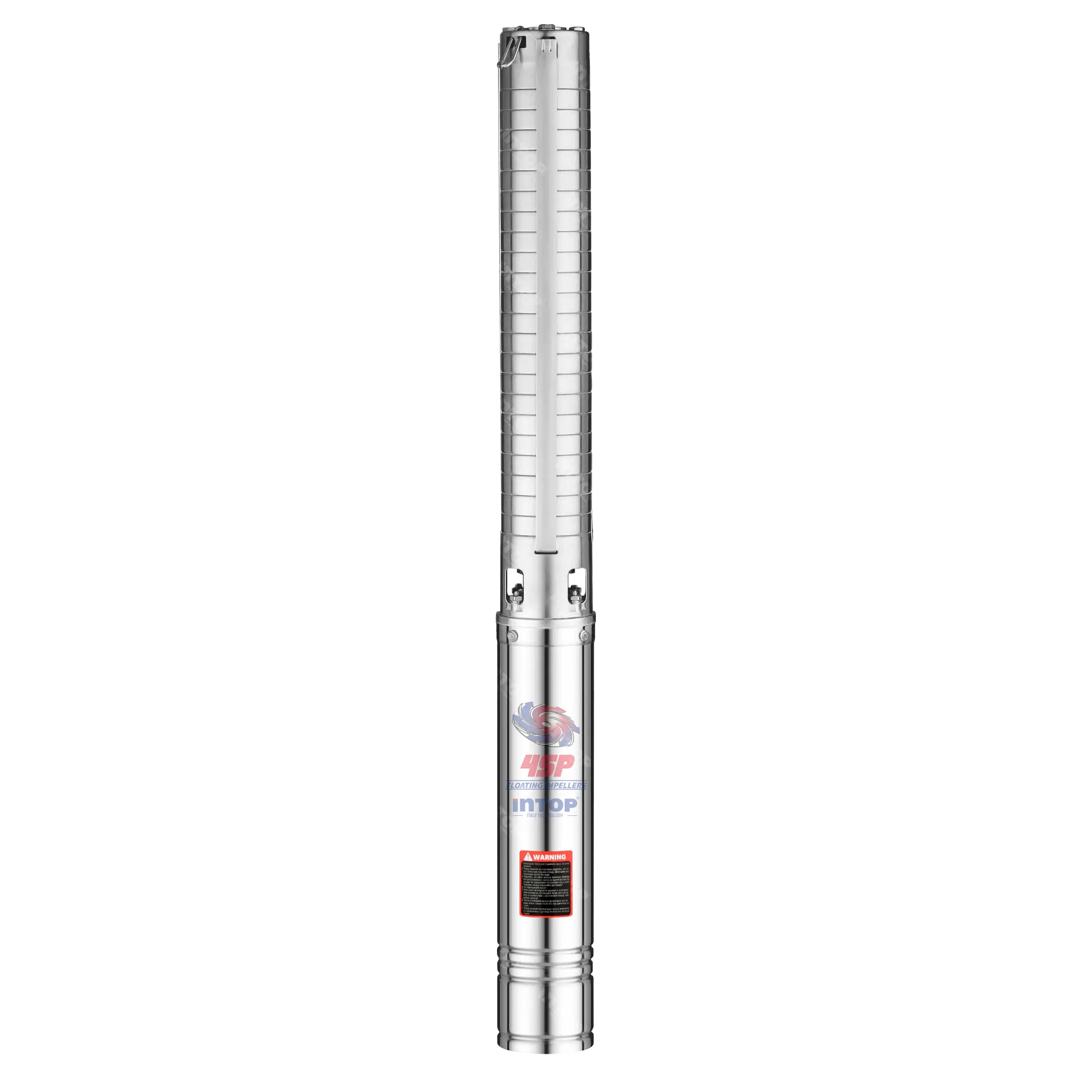
×
![]()
Description
💧 What Are Deep Well Pumps and How Do They Work?Deep well pumps are specialized pumps designed to draw water from deep underground wells, often reaching depths beyond 25 feet. These pumps are commonly used in agricultural, industrial, and residential applications where a reliable water supply is essential. Deep well pumps work by using a powerful motor to push water from a deep source to the surface, ensuring consistent water flow even in areas with limited access to shallow water sources. 🔧 The Advantages of Using Deep Well Pumps for Your Water SupplyDeep well pumps offer numerous advantages, particularly in regions where surface water is not easily accessible. These pumps can provide a continuous and consistent water supply, making them ideal for areas with dry conditions or for irrigation purposes. Additionally, deep well pumps are designed to operate for extended periods, requiring minimal maintenance, which makes them cost-effective in the long run. Their robust construction and efficient design also ensure they can withstand harsh environmental conditions. 🌍 Eco-Friendly Benefits of Deep Well Pumps for Sustainable Water ManagementUsing deep well pumps for water extraction can be an environmentally friendly solution, especially in regions where surface water is scarce. By tapping into underground aquifers, these pumps can provide a sustainable source of water without depleting surface water reserves. Additionally, deep well pumps are designed to be energy-efficient, consuming less power than traditional water extraction methods, making them a more eco-conscious choice for long-term water management. |
Technical Features
| Max. Flow | Up to 70 l/min( 4.2 m3/h) |
| Max. Head | Up to 352 m |
| Immersion Depth | Up to 80 m |
| Liquid Temperature | Between 0 °C and 40 °C |
| Ambient Temperature | Up to 40 °C |
| Max. Working Pressure | Up to 6 bar |
| Ingress Protection Rating | IPX8 |
| Application Range | Domestic / Commercial |
| Application liquid | Clean Water |
Construction Materials
| Pump Housing | SS304 / SS201 |
| Impeller | SS304 |
| Shaft | SS304 |
| Motor Bracket | SS304 / SS201 |
Certifications
Performance Data
| Model | Power(P2) | Max. Flow | Max. Head | Outlet | Head Range | ||
|---|---|---|---|---|---|---|---|
| Single-Phase | Three-Phase | kW | HP | m³/h | m | inch | m |
| 4SPm3/4 | 0.25 | 0.35 | 4.2 | 24 | 1¼ | 0~24 | |
| 4SPm3/6 | 0.37 | 0.5 | 4.2 | 36 | 1¼ | 0~36 | |
| 4SPm3/9 | 0.55 | 0.75 | 4.2 | 55 | 1¼ | 0~55 | |
| 4SPm3/12 | 0.75 | 1 | 4.2 | 73 | 1¼ | 0~73 | |
| 4SPm3/15 | 1.1 | 1.5 | 4.2 | 91 | 1¼ | 0~91 | |
| 4SPm3/18 | 1.1 | 1.5 | 4.2 | 109 | 1¼ | 0~109 | |
| 4SPm3/21 | 1.5 | 2 | 4.2 | 128 | 1¼ | 0~128 | |
| 4SPm3/25 | 1.5 | 2 | 4.2 | 152 | 1¼ | 0~152 | |
| 4SPm3/29 | 2.2 | 3 | 4.2 | 176 | 1¼ | 0~176 | |
| 4SPm3/33 | 2.2 | 3 | 4.2 | 201 | 1¼ | 0~201 | |
| 4SP3/4 | 0.25 | 0.35 | 4.2 | 24 | 1¼ | 0~24 | |
| 4SP3/6 | 0.37 | 0.5 | 4.2 | 36 | 1¼ | 0~36 | |
| 4SP3/9 | 0.55 | 0.75 | 4.2 | 55 | 1¼ | 0~55 | |
| 4SP3/12 | 0.75 | 1 | 4.2 | 73 | 1¼ | 0~73 | |
| 4SP3/15 | 1.1 | 1.5 | 4.2 | 91 | 1¼ | 0~91 | |
| 4SP3/18 | 1.1 | 1.5 | 4.2 | 109 | 1¼ | 0~109 | |
| 4SP3/21 | 1.5 | 2 | 4.2 | 128 | 1¼ | 0~128 | |
| 4SP3/25 | 1.5 | 2 | 4.2 | 152 | 1¼ | 0~152 | |
| 4SP3/29 | 2.2 | 3 | 4.2 | 176 | 1¼ | 0~176 | |
| 4SP3/33 | 2.2 | 3 | 4.2 | 201 | 1¼ | 0~201 | |
| 4SP3/38 | 3 | 4 | 4.2 | 231 | 1¼ | 0~231 | |
| 4SP3/44 | 3 | 4 | 4.2 | 267 | 1¼ | 0~267 | |
| 4SP3/50 | 4 | 5.5 | 4.2 | 304 | 1¼ | 0~304 | |
| 4SP3/58 | 4 | 5.5 | 4.2 | 352 | 1¼ | 0~352 | |
You Might Be Interested
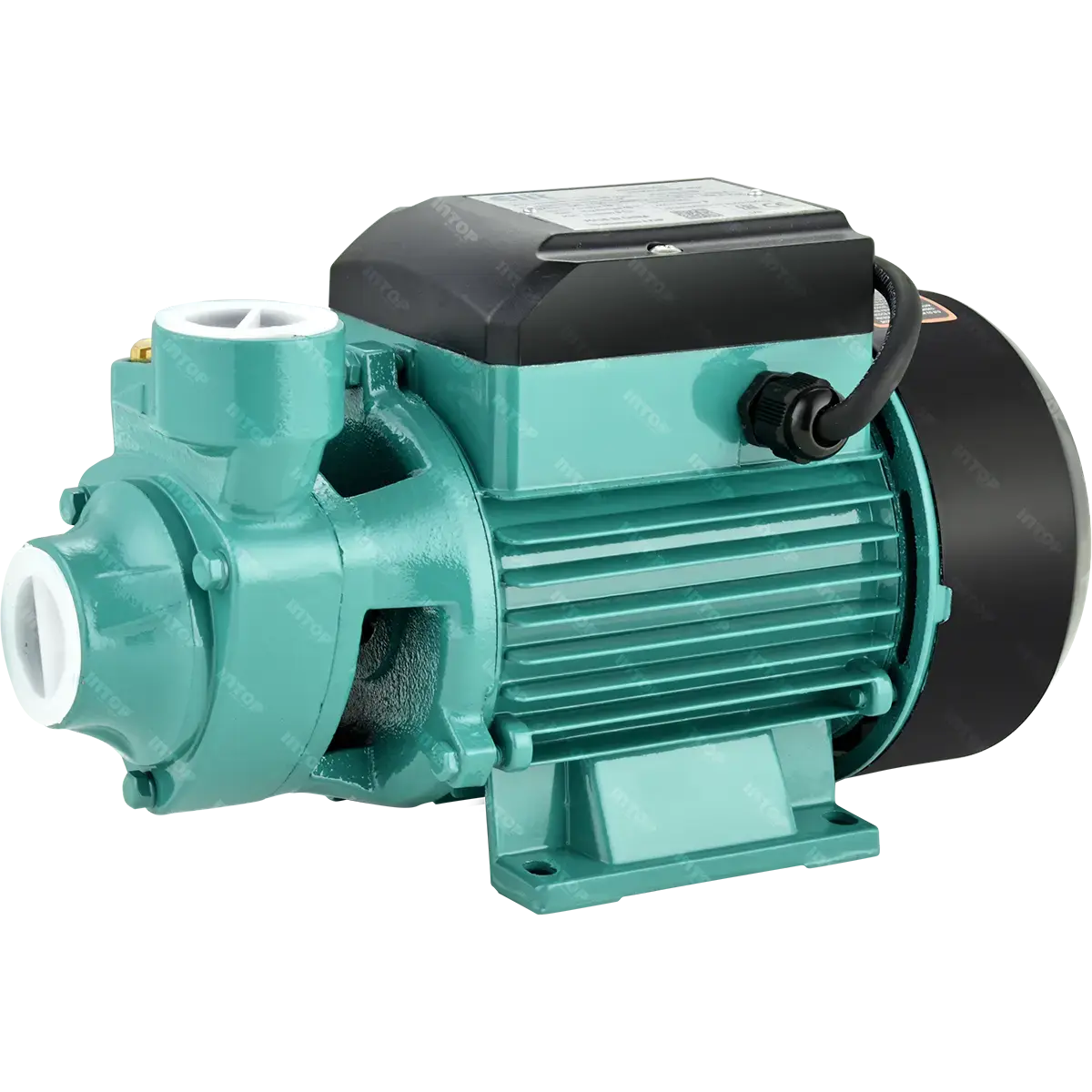
QB
| Max. Flow | 60 l/min |
| Max. Head | 60 m |
| Max. Power | 0.75 kW |
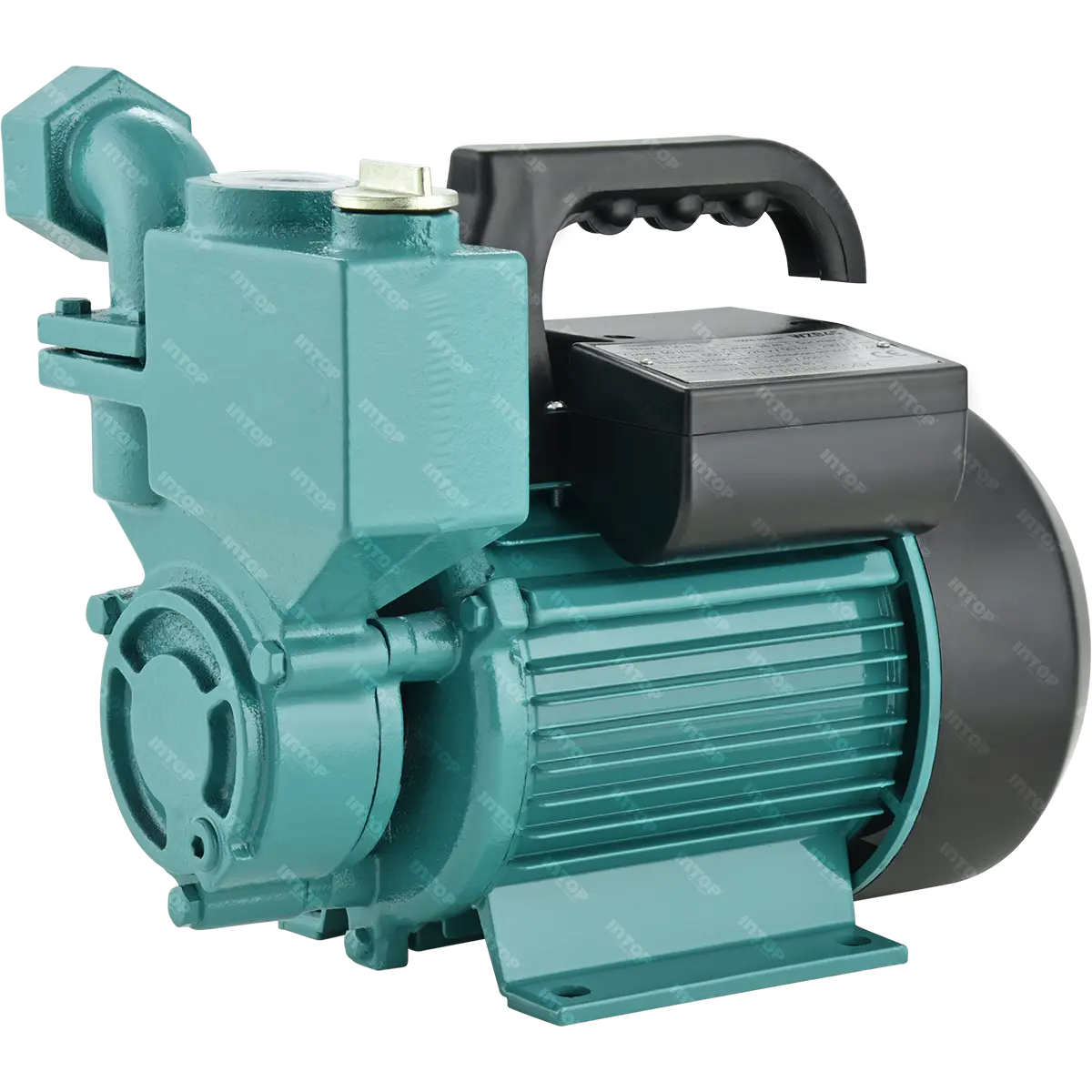
WZB
| Max. Flow | 65 l/min |
| Max. Head | 50 m |
| Max. Power | 0.75 kW |
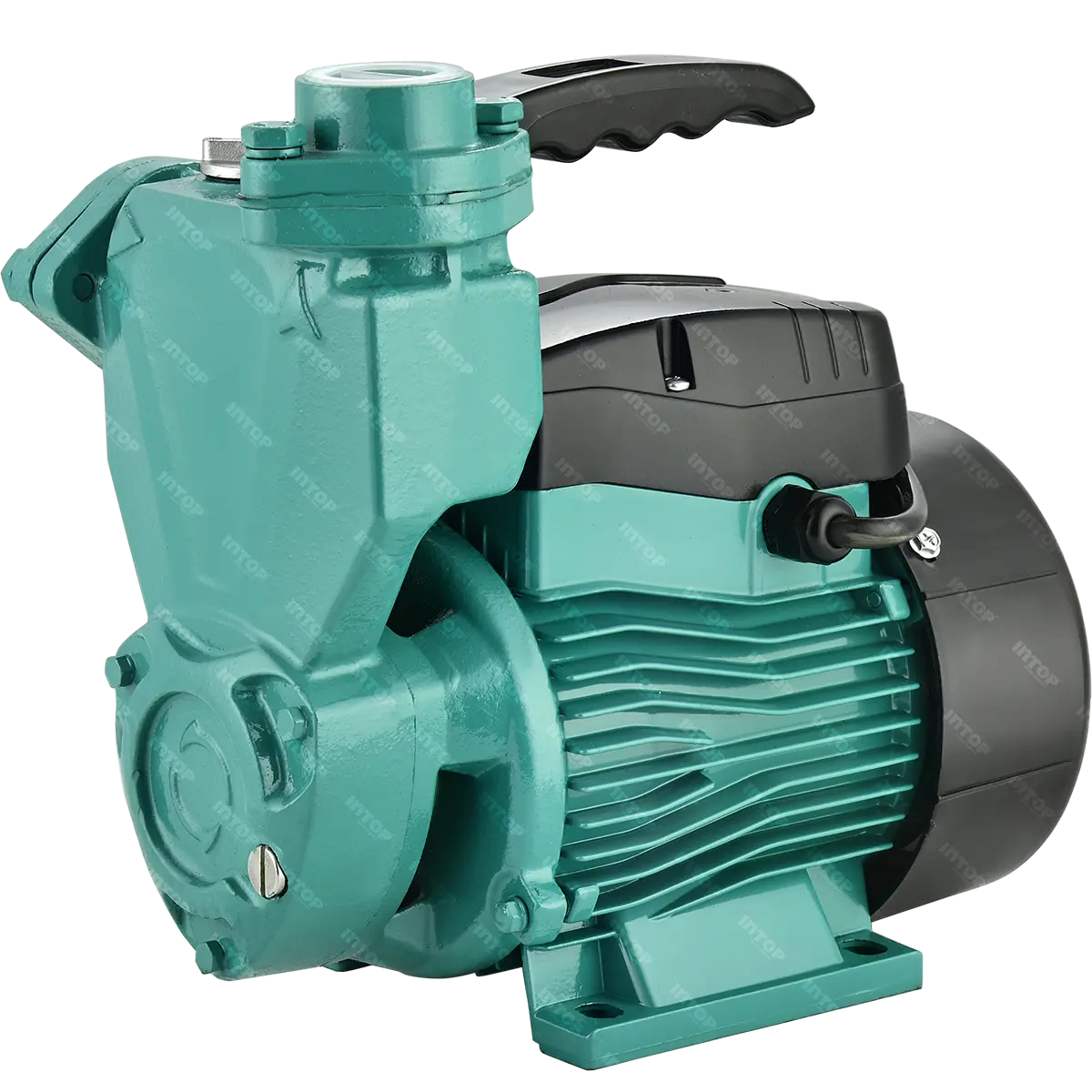
APS
| Max. Flow | 70 l/min |
| Max. Head | 65 m |
| Max. Power | 1.1 kW |
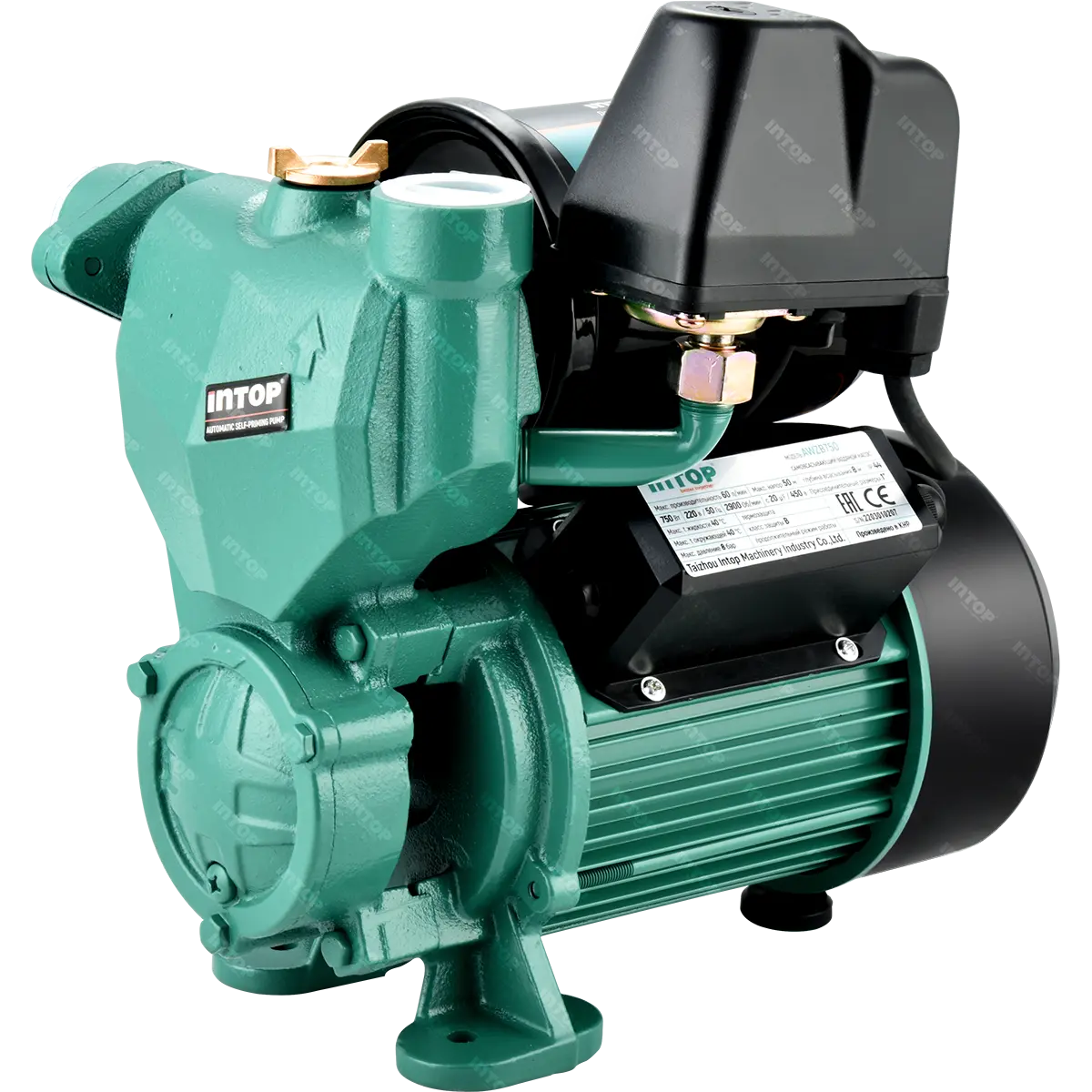
AWZB
| Max. Flow | 80 l/min |
| Max. Head | 50 m |
| Max. Power | 1.1 kW |
